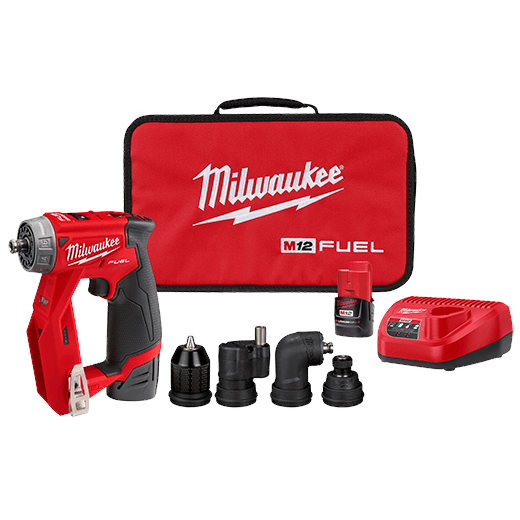Not sure if anyone has posted this before, I couldn’t find it so I thought I’d share…I have zero background in building aircraft and am about 6 months into my build on a 4 place model B. I’ve all but built my own hangar and have learned more than I thought was possible along the way, most of that is thanks to you guys and (and gals) the posts made here. I don’t post often but I read and subscribe to just about everything. I am a woodworker by heart, carpenter/framer by family request, and fixer of whatever’s (most things) broke when mom calls. Nevertheless, I’m a tool freak. The phrase “the right tool for the job” was engrained in me, admittedly and absolutely costly, mostly by myself when I got old enough to make money and afford my own tools.
one of the tools I had on my mind for a while but just didn’t have the need for, until I started building the BH, was the dewalt (Bosch is the OG but Milwaukee makes one as well) 5 in 1 drill driver. Link below. This is the coolest, most versatile little drill ive ever used. I’m only about 60% done with the left wing and this thing has already paid for itself. The ability to fit in tight spaces is unparalleled to anything I’ve used before.
I also read (I believe in Eric newtons manuals) that it is preferred to use a drill press anytime possible for drilling any hole. While that is ideal and would absolutely produce the cleanest holes, I don’t find it to be practical as many times the hole that needs drilled is not in a “removable” part. I still use a drill press whenever possible but if I’m banging out a bunch of nut plates (fuel tank bay cover for example ) or drilling out any home made parts I use a handheld pneumatic drill. Super gluing bubble levels, I found cheap 10 packs on amazon, to the back and top of my drill really helps keep the bit centered as you drill. Center the bubble(s) before you engage the drill, if you use a pneumatic it gets slightly off when you engage the trigger, then start drilling. If I’m drilling thicker than .040 I stop intermittently to make sure my bubble level still checks out then go again. This has helped me a lot, especially with nut plates when using a nut plate jig, I found a slightly angled hole on one leg really makes it a bear to get the center pin and leg pin of the jig into the holes when drilling the second leg.
one of the tools I had on my mind for a while but just didn’t have the need for, until I started building the BH, was the dewalt (Bosch is the OG but Milwaukee makes one as well) 5 in 1 drill driver. Link below. This is the coolest, most versatile little drill ive ever used. I’m only about 60% done with the left wing and this thing has already paid for itself. The ability to fit in tight spaces is unparalleled to anything I’ve used before.
I also read (I believe in Eric newtons manuals) that it is preferred to use a drill press anytime possible for drilling any hole. While that is ideal and would absolutely produce the cleanest holes, I don’t find it to be practical as many times the hole that needs drilled is not in a “removable” part. I still use a drill press whenever possible but if I’m banging out a bunch of nut plates (fuel tank bay cover for example ) or drilling out any home made parts I use a handheld pneumatic drill. Super gluing bubble levels, I found cheap 10 packs on amazon, to the back and top of my drill really helps keep the bit centered as you drill. Center the bubble(s) before you engage the drill, if you use a pneumatic it gets slightly off when you engage the trigger, then start drilling. If I’m drilling thicker than .040 I stop intermittently to make sure my bubble level still checks out then go again. This has helped me a lot, especially with nut plates when using a nut plate jig, I found a slightly angled hole on one leg really makes it a bear to get the center pin and leg pin of the jig into the holes when drilling the second leg.







Comment